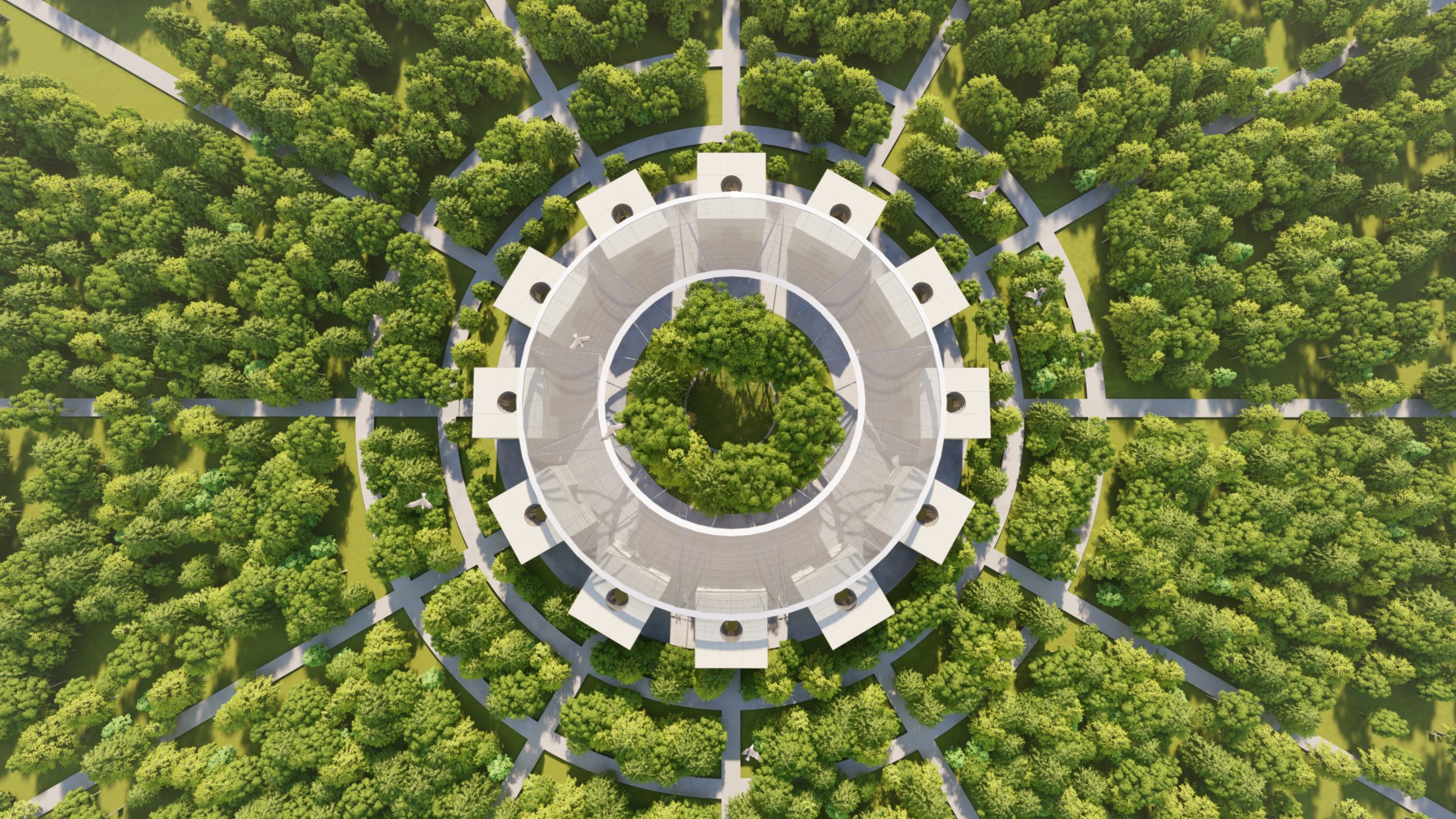
1. What does it feel like to win the Prize?
It all feels very surreal… even though it has been some time since the announcement! I must say, it is absolutely humbling to be amongst the other incredible shortlisted drawings and winners of the other categories. At the same time it is incredibly motivating, as it pushes me to explore and to develop my practice even further!
2. When did you develop a love for drawing and architecture?
My first connection to architecture was when I was about ten years old. My parents took me to the MoMA in New York, where I saw these small and intricate architectural models. I was so intrigued, and I could not help but stare in awe at these miniature spaces! They were small worlds behind a glass box, and I would imagine myself walking through them. From that moment onwards, I started to pay closer attention to the spaces around me.
Drawing, came earlier than that. As a child, I would draw anything that was around me: objects, furniture, toys. Though, I think I always preferred the making of the drawing, rather than the finished drawing itself. Back then (and even now), there was something so liberating about putting pencil to paper and seeing something appear with every mark being made.
Though, it was only right before the start of my Undergrad when I came across the drawings of Frank Lloyd Wright (I must have missed his drawings when I visited the MoMA back then). That’s when I found that drawing and architecture could come together, to create something so beautiful. Such thoughtful and elegant draughtsmanship… I was absolutely astonished. They were more than just a drawing of a building; they were works of art in themselves!
3. Do you draw in your spare time? If so, what do you like to draw?
I do try to draw whenever I have some spare time. Now that I’m free of any strict deadlines, such as the ones for portfolio submissions, I can really take my time with a drawing. Slowly adding to them and letting them breath. Now, I can let the ideas simmer, and the drawing becomes more of continuous and open-ended exploration, rather than a full stop. I realized how important ‘time’ was when drawing.
Recently, I’m interested in spaces from my past: from my memory. It is something which started off with the ‘Apartment #5’ drawings, and, with the pandemic situation still affecting travel, I still feel as if there’s more to uncover, within the realm of architecture, memory, and the poetics of space. Today, drawing has been a way of travelling, a meditation… an escapade for me. Almost like when one reads novels, listens to music, or indulges in a daydream. I feel quite at peace.
















































































































































































































































































